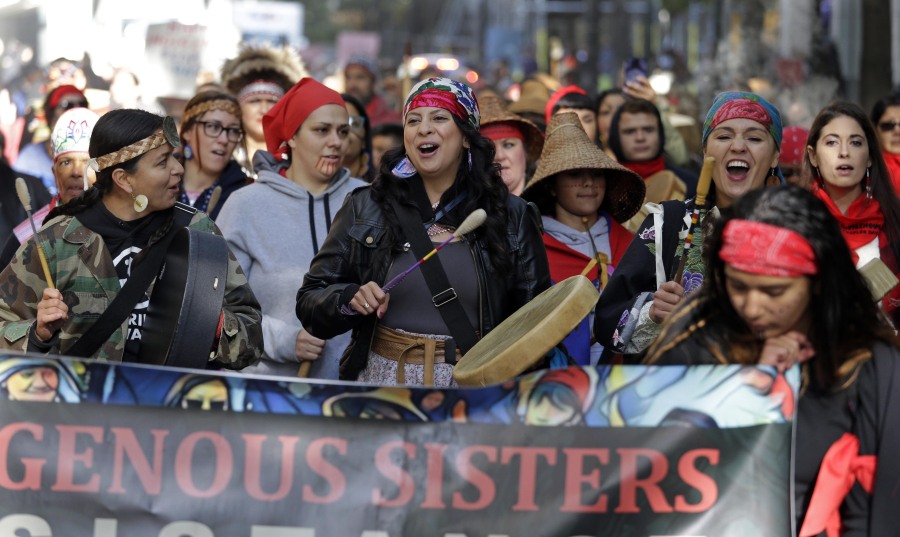ATLANTA — The Native American Journalists Association is aiming to become more inclusive as its members vote on whether to rebrand as the Indigenous Journalists Association — a move inspired, in part, by evolving trends in cultural identity.
The group, with more than 950 members mostly in the United States, is expected to approve the change at its annual conference this week in Winnipeg, Canada. Voting on the new name, as well as branding that would replace a feather with an “ija” logo in stylized letters, ended Thursday.
Founded in part by Canadians in 1983, NAJA wants to foster inclusion with Indigenous journalists there as well as in Alaska and Hawaii, since “Native American” is a modern alternative for “American Indian” — referring specifically to the millions of descendants of the original inhabitants of what is now the Lower 48 states.
“Essentially, we’re going back to our roots and trying to create and provide support and resources for Indigenous journalists all across Turtle Island,” board member Jourdan Bennett-Begaye said, invoking the term some Indigenous people use to refer to the North American continent.



